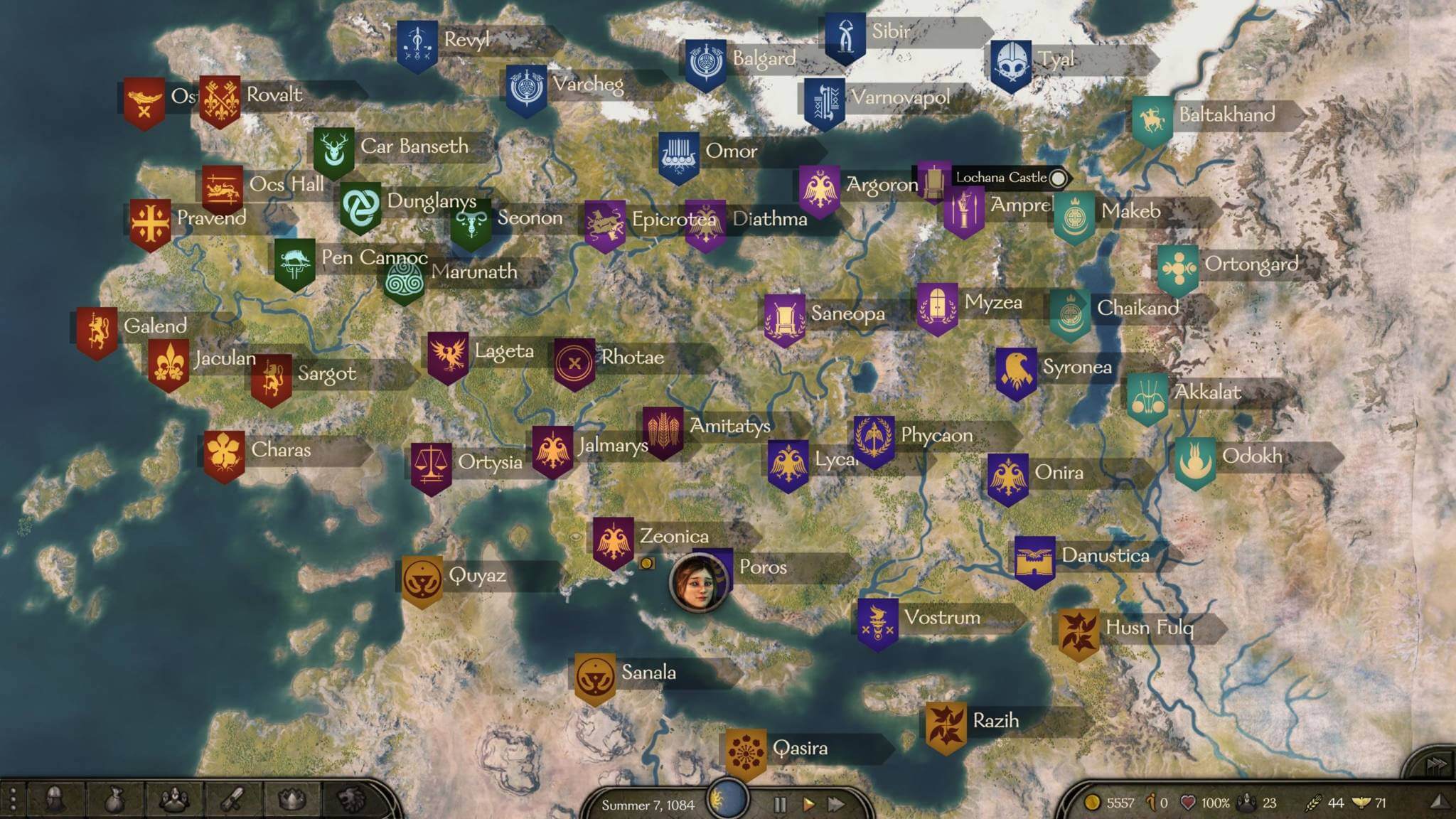

That's because can sell it to most towns and villages for 20-30 denars. For instance, if you see grain at <10 denars, you should always buy it. In fact, I started a spreadsheet just to see what the average price of items was:Īfter a while, you start seeing patterns. But how do you know if the price you’re getting for an item is amazingly cheap or horrifyingly expensive? Of course you’ll have to factor in that some goods will lose value as they get eaten or start to rot, so to get rich you have to focus on the unspoilables like salt, velvet, tools and furs. You can also try your hand at trading, where you buy goods for cheap in a village or town and sell them in another town where the demand for that good is high. However, that is just one way to get rich. All the other parties get the same treatment, so you can start fights by colliding with them. The way it works is that you get an iconic representation of your party: a horse with a dude on it with a number representing its movement speed. Even though you’ll be spending close to 70% of your time in it! When looking for comments about it online, you’ll find a lot of people talking about the first person combat, and not a helluva lot of talk about the third-person world overview. So I want to start this blogpost with a critique of that game. Last week I spent most of my time working on a school assignment, but I still managed to find some time to cram in some new features into this fancy indie game I’m making.īut most of all, I spent time playing one of my favorite indie games of all time: Mount & Blade: Warband. Start here if you don’t know what’s going on.


 0 kommentar(er)
0 kommentar(er)
